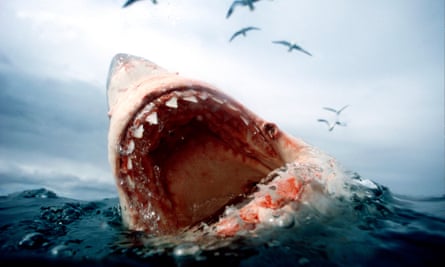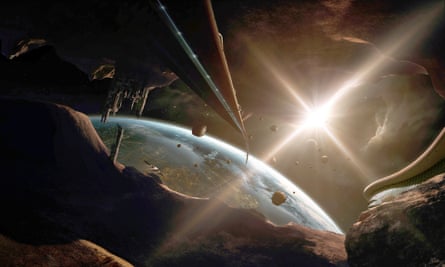This week’s biggest stories
Shetland: famous for its irascible ponies, snuggly jumpers and now, perhaps, space exploration. UK Space Agency research has identified Unst, the Shetland Islands’ most northern isle as the best site in UK for spaceport to launch satellites into orbit. Which, teamed with the news that a potentially habitable world, Ross 128b, has been found just 11 light years away means exciting times could well be ahead. In the here and now, however, scientists have made their first ever attempt at gene editing inside the body. It’s a somewhat nerve-wracking experiment: Brian Madeux, who has Hunter syndrome, has been intravenously given copies of a corrective gene and a genetic tool to cut his DNA in a precise spot. It will permanently alter his DNA, with no way to alter any mistakes editing may cause. Also raising hopes for new treatments, this time of age-related disorders, is the discovery that some members of a small Amish community in Indiana, US, carry a rare genetic mutation which appears to protect against biological ageing. So new treatments plus dog ownership (which cuts your risk of dying from cardiovascular disease, apparently) could make us healthier than ever. Great, because in my fave news of the week, it seems we’ve been making and drinking wine for much longer than anyone thought, which probably needs balancing out.
More news from Guardian Science | Sign up to Lab notes
___
Straight from the lab – top picks from our experts on the blog network

Orcas vs great white sharks: in a battle of the apex predators who wins? | Notes & Theories
Earlier this year the carcasses of five great whites washed ashore along South Africa’s Western Cape province. Ranging in size from 2.7 metres (9ft) to 4.9 metres (16ft), the two females and three males all had one thing in common: holes puncturing the muscle wall between the pectoral fins. Strangest of all, their livers were missing.
No ‘lost tribes’ or aliens: what ancient DNA reveals about American prehistory | The Past and the Curious
Recent ancient DNA studies indicate that approximately 13,000 years ago, two clades (genetic groups) of peoples emerged; one exclusively consisting of northern Native Americans, and one consisting of peoples from North, Central, and South America, including the 12,800 year old Anzick child from a Clovis burial site in Montana. All genetics research to date has affirmed the shared ancestry of all ancient and contemporary indigenous peoples of the Americas, and refuted stories about the presence of “lost tribes”, ancient Europeans, and (I can’t believe that I actually have to say this) ancient aliens.
There’s more than one way to build a tree, 374m-year-old fossils reveal | Lost Worlds Revisited
The tree was in a state of continual, controlled internal collapse, repairing its internal tears as it grew. This seems like an incredibly over-complicated way to be a tree. Some modern palm trees do increase their girth by primary growth but in a much less complex way. Perhaps the cost of this elaborate anatomy was a factor in the demise of the cladoxylopsids, which disappear from the fossil record soon after these Chinese finds.
Visit the Science blog network
___
Science Weekly podcast

Ian Sample looks to the future and asks what might the technologies of tomorrow look like? And how might they change our world?
___
Eye on science – this week’s top video
Campaigners have released a video (a clip from which is above) alongside a call for the UN to ban “killer robots”. The film is certainly terrifying, but is it helpful? And would a ban even be helpful?
